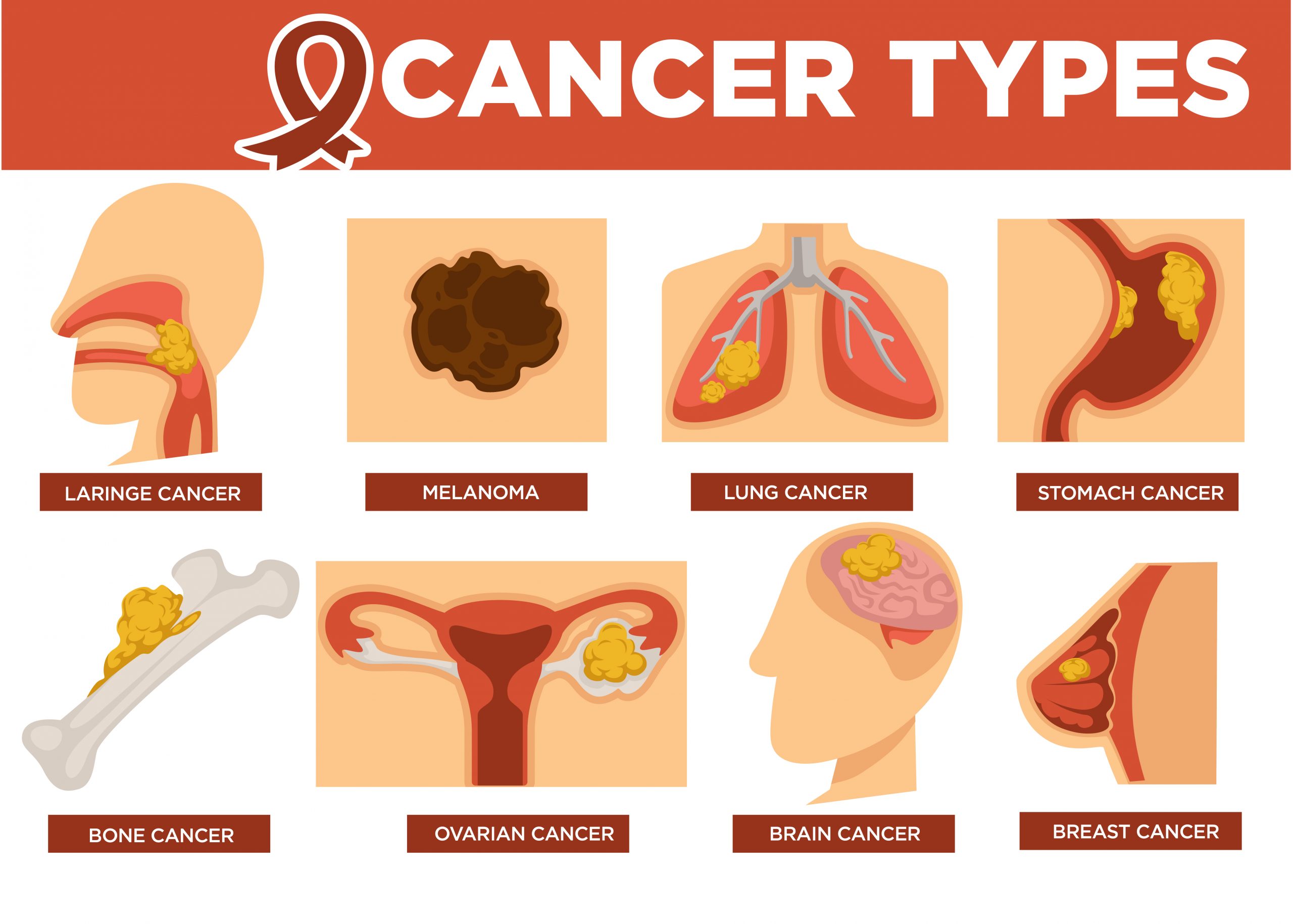
views
Cancer is a “group of diseases characterised by uncontrolled cell growth and the potential to spread to other parts of the body.” If left untreated, cancer can be fatal. Although there is no cure to cancer as of yet, early detection can help manage the disease. To promote awareness about this condition, World Cancer Day is observed every year on February 4, globally. This article delves into the day’s theme, history, and significance, and provides key facts about cancer.
World Cancer Day 2024 Theme
“Close the Care Gap: Everyone Deserves Access To Cancer Care” is the ongoing theme of World Cancer Day for its 2022-2024 session. It emphasises the value of togetherness to combat cancer globally. The sub-theme, this year, is “Together, we challenge those in power.” It highlights the need for accountability from our leaders to ensure the investment of vital resources to eradicate cancer.

World Cancer Day: History
The concept of World Cancer Day was proposed at the World Summit Against Cancer held in Paris on February 4, 1999. The following year, on February 4, 2000, the Charter of Paris Against Cancer was signed during the follow-up World Summit Against Cancer for the New Millennium in Paris, officially marking the first observance of World Cancer Day. The Charter aimed to emphasise the importance of global cooperation in the fight against cancer and to address issues related to cancer care and research.
World Cancer Day: Significance
World Cancer Day is dedicated to increasing awareness about the early detection of various types of cancer, with the aim of reducing fatalities. The campaign calls upon individuals, organizations, and influential figures to unite in the effort to guarantee that patients and their families have access to proper care and support.
World Cancer Day: Key Facts
Below are the key facts about cancer, as per the World Health Organisation (WHO):
- With about 10 million deaths in 2020, cancer became the leading cause of death globally.
- Breast, lung, colon, rectum and prostate cancers are the most common.
- Tobacco use, high body mass index, alcohol consumption, low fruit and vegetable intake, and lack of physical activity cause approximately one-third of fatal cancers.
- In low- and lower-middle-income countries, human papillomavirus (HPV) and hepatitis lead to cancer-causing infections and around 30% of total cancer cases.
- Early detection and effective treatment can cure many cancers.




















Comments
0 comment